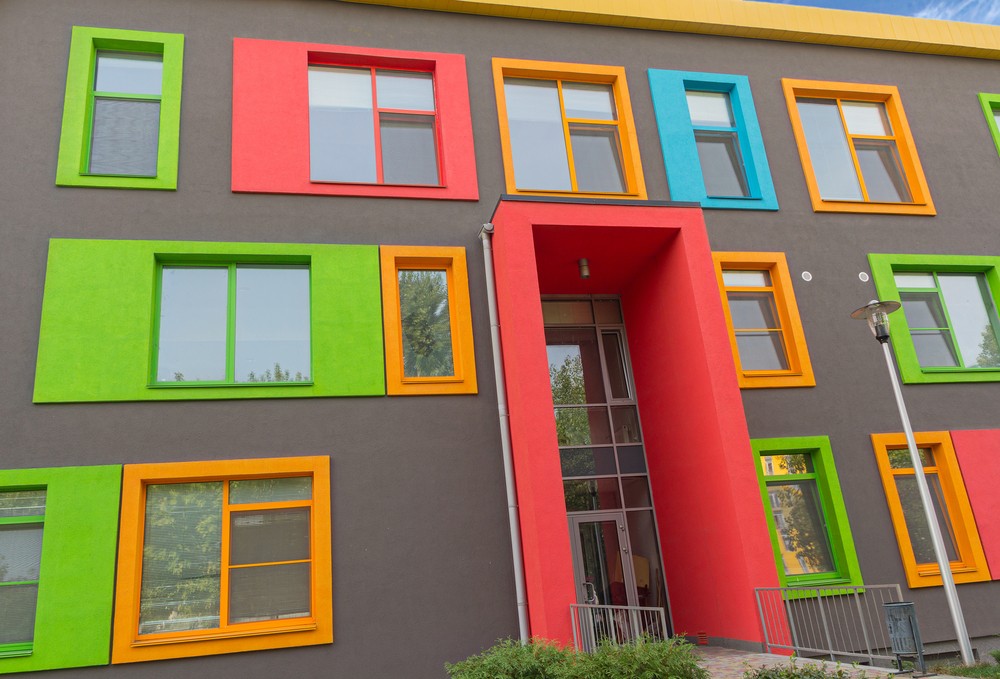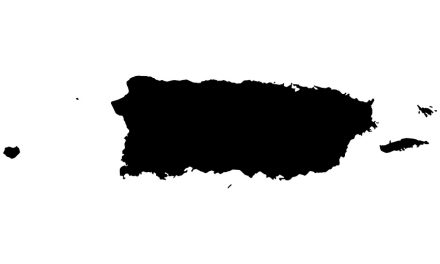Researchers from the Royal Melbourne Institute of Technology have developed a paint which generates hydrogen fuel from moist air and sunlight. The technology may be ready for commercial use in five years.
RELATED ARTICLES:
- The Solar Powered Cooker that Stores the Sun’s Energy for Fuel-Free Grilling Every Night
- Tesla’s Elon Musk Says His Smart Solar Roof Can Cost Less Than Your Regular One
The paint combines titanium oxide already used in many wall paints with synthetic molybdenum-sulfide. The material absorbs solar energy as well as moisture from the surrounding air. It splits the water into hydrogen and oxygen, collecting the hydrogen for use in fuel cells or to power a vehicle.
“The simple addition of the new material can convert a brick wall into energy harvesting and fuel production real estate,” explained lead researcher Dr. Torben Daeneke.
 Solar paint samples painted on glass.
Solar paint samples painted on glass.
Daeneke believes the end product will be cheap to produce. He says the paint would be effective in many climates:
“Any place that has water vapor in the air, even remote areas far from water, can produce fuel.”
 Solar-powered hydrolysis could be paint-based, claim researchers.
Solar-powered hydrolysis could be paint-based, claim researchers.
The paint may be used to cover areas not able to harness enough sunlight to justify the placement of solar panels. Any surface which could be painted, a fence, a shed, or a doghouse could be transformed into an energy producing structure.
RELATED ARTICLES:
Solar powered floating farm can produce 20 tons of vegetables every day
When this new material makes its way to consumers, it may join the list of innovative technologies moving humanity away from fossil fuels and toward a future of clean, renewable sources of energy.
For more information, check out the video below:
*Article originally appeared at Minds.












